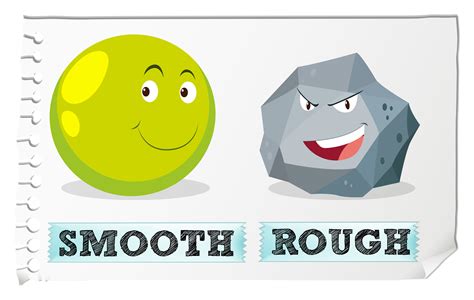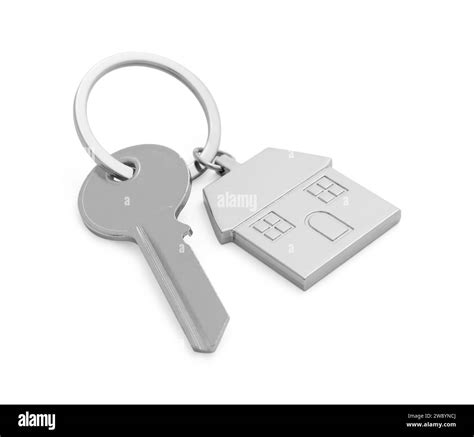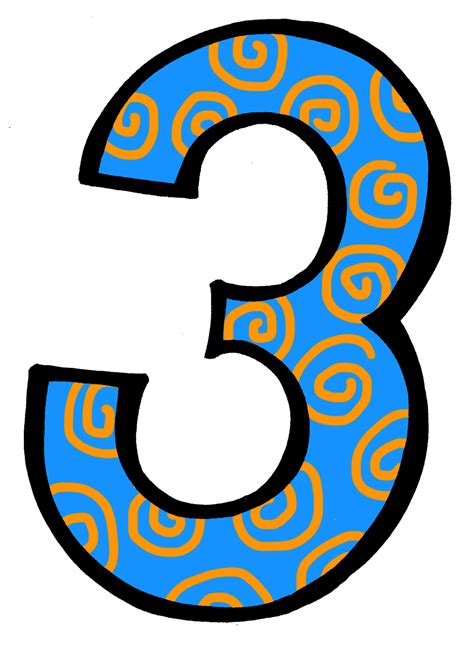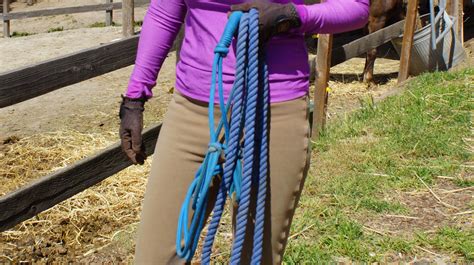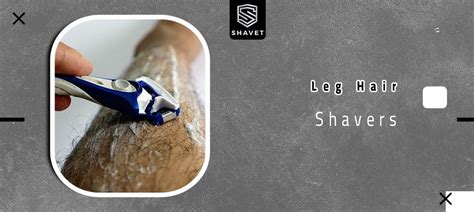How to prevent ingrown hairs for a clean, performance-ready shave?

Achieving a consistently clean, smooth shave free from irritation is a hallmark of good grooming. However, a common adversary stands in the way for many: ingrown hairs. These pesky, often painful bumps occur when a shaved hair curls back into the skin and grows inwards, leading to inflammation, redness, and sometimes infection. For a performance-ready look and feel, preventing ingrown hairs is crucial. Let’s delve into a comprehensive strategy to banish them for good.
Mastering Your Pre-Shave Routine
The foundation of an ingrown-hair-free shave begins before the blade even touches your skin. Proper preparation softens the hair and skin, making it easier for the razor to glide and cut effectively, rather than tugging and causing irritation.
- Cleanse and Exfoliate: Start by washing your face with a gentle cleanser to remove dirt and oil. Follow up with a mild exfoliant (physical or chemical, depending on your skin sensitivity) to slough off dead skin cells. This crucial step prevents hairs from getting trapped under surface debris. Aim for exfoliation 2-3 times a week, and always before shaving.
- Warm Water Prep: A hot shower or a warm towel compress applied to your face for a few minutes will open up pores and soften both your skin and beard hairs, making them much easier to cut.
- Use a Quality Shaving Cream/Gel: Don’t skimp here. A rich, moisturizing shaving cream or gel creates a protective barrier, reduces friction, and allows the razor to glide smoothly, minimizing nicks and irritation. Apply it generously and let it sit for a minute or two to further soften the hairs.

The Art of the Shave Itself
Your technique during shaving is paramount in preventing ingrown hairs. Hasty or incorrect methods are common culprits for razor bumps and skin irritation.
- Invest in a Sharp Razor: A dull blade is your enemy. It tugs at hairs instead of cleanly cutting them, leading to uneven cuts and a higher chance of hairs curling back. Replace your razor blade every 5-7 shaves, or sooner if you feel any pulling or discomfort. Consider multi-blade razors with caution; sometimes fewer blades (like a single-blade safety razor) can be better for preventing ingrowns as they don’t cut the hair too short beneath the skin’s surface.
- Shave With the Grain: Always shave in the direction your hair grows, especially for your first pass. Shaving against the grain provides a closer shave but significantly increases the risk of ingrown hairs by cutting the hair at an acute angle, making it easier for it to penetrate the skin upon regrowth.
- Light, Gentle Strokes: Let the razor do the work. Applying too much pressure can cause the blade to dig into your skin, leading to irritation and an increased likelihood of ingrown hairs. Use short, controlled strokes and rinse your razor frequently.
- Rinse Your Razor Regularly: Clogged blades are ineffective blades. Rinse your razor under hot water after every few strokes to clear away hair and shaving cream, ensuring a consistently clean cut.
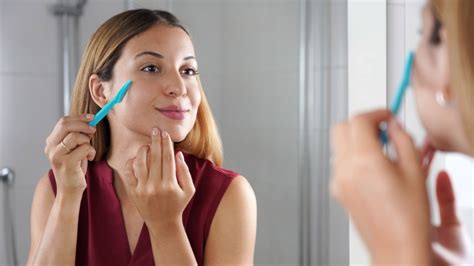
Crucial Post-Shave Care
The ritual doesn’t end when the last hair is cut. Post-shave care is just as vital for soothing the skin and keeping ingrown hairs at bay.
- Rinse with Cold Water: After shaving, splash your face with cold water. This helps to close pores and tighten the skin, reducing inflammation.
- Apply a Soothing Aftershave Balm: Opt for an alcohol-free aftershave balm or moisturizer specifically designed to calm and hydrate the skin. Ingredients like aloe vera, witch hazel, chamomile, or salicylic acid (in low concentrations) can help reduce redness and prevent bumps. Avoid aftershaves with high alcohol content, as they can dry out and irritate the skin.
- Moisturize Daily: Keeping your skin hydrated and supple helps hairs grow out properly. A good daily moisturizer can make a significant difference.
- Avoid Tight Clothing: If you’re prone to ingrown hairs on your neck or body, avoid tight collars or restrictive clothing immediately after shaving, as friction can exacerbate the problem.

Long-Term Strategies and Troubleshooting
For persistent issues, consider these additional measures:
- Regular Exfoliation (Ongoing): Continue regular exfoliation, even on non-shaving days, to keep skin cells turning over and preventing hair follicles from becoming blocked.
- Consider Alternative Shaving Methods: If multi-blade razors are a constant source of trouble, experiment with a single-blade safety razor, an electric shaver, or even a professional barber shave. Each can offer a different level of closeness and may be gentler on your skin.
- Topical Treatments: For existing ingrown hairs or highly prone areas, over-the-counter products containing salicylic acid or glycolic acid can help to gently exfoliate and encourage hairs to grow outwards.

Conclusion
Achieving a smooth, ingrown-hair-free shave is an achievable goal with a bit of dedication to your grooming routine. By adopting a meticulous pre-shave preparation, refining your shaving technique, and committing to nourishing post-shave care, you can ensure your skin remains clear, comfortable, and always performance-ready. Remember, consistency is key to enjoying the benefits of an irritation-free shave every time.
